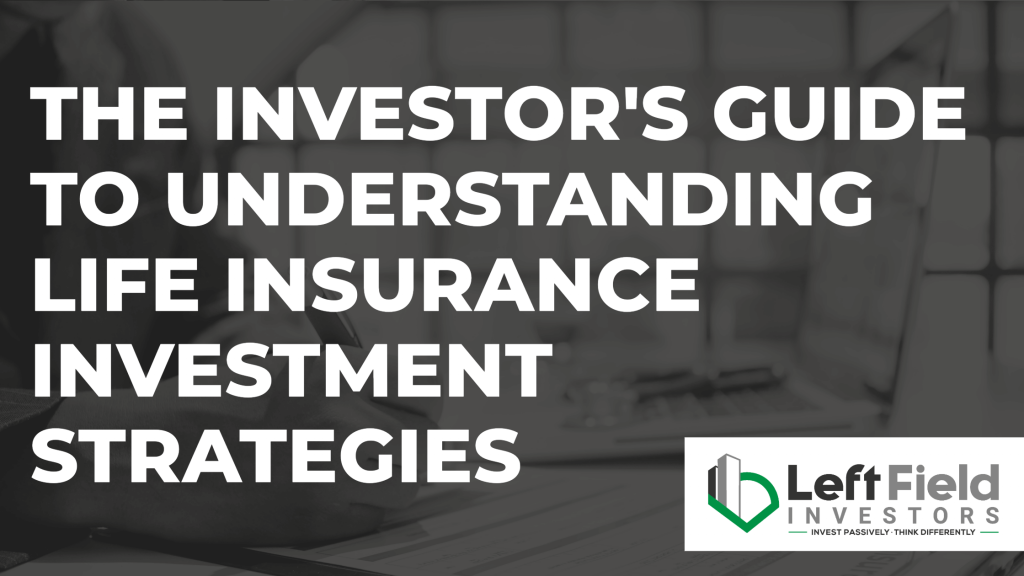Life insurance, traditionally seen as a safety net, has emerged as a viable tool for savvy investors. This guide delves into how life insurance, particularly whole life policies, can be integrated into an investment strategy to generate passive income. The cash value accumulation in these policies provides a steady growth rate, making it a reliable component in a passive income strategy.
Basics of Life Insurance for Investment
Whole life insurance policies offer more than just a death benefit; they can be a source of wealth accumulation. Understanding how these policies function as financial instruments is key to leveraging them in an investment portfolio.
Whole life insurance works as a financial instrument by offering both insurance coverage and an investment component. The premiums paid by the policyholder are divided into two parts: one part covers the insurance cost, and the other is invested by the insurance company, building cash value over time. This cash value grows on a tax-deferred basis and can be borrowed against or withdrawn under certain conditions. Additionally, whole life policies typically pay dividends, which can increase the value or reduce premiums, adding to their investment appeal.
Cash Structured Strategy
The Cash Structured strategy is used in life insurance investments by overfunding a whole life policy, which accelerates the growth of the policy’s cash value. This cash value can then be borrowed against for investing in higher-yield opportunities, like real estate or stocks. This strategy is particularly beneficial for those seeking a balanced investment approach, combining the security of life insurance with the potential for higher returns from other investments. It’s ideal when the expected return on the invested funds exceeds the interest rate on the borrowed amount from the insurance policy. It’s also a great approach for generating passive income while maintaining financial security.
Premium Financed Method
The Premium Financed Method in life insurance investment is a strategy that involves using borrowed funds, typically from a bank loan, to pay the premiums of a whole life insurance policy. This approach rapidly increases the cash value of the policy, which can then be leveraged for further investments. It’s attractive because it allows for significant capital growth in a shorter period, potentially leading to higher returns. Investors find success with this method by carefully balancing the cost of the bank loan against the returns from their investments, ensuring that the overall financial strategy is profitable. This method is particularly suited for investors who are comfortable with a higher level of risk and have a clear understanding of both the insurance policy mechanics and their investment opportunities.
Benefits of Life Insurance in Investment Portfolios
Life insurance, particularly whole life policies, offers unique benefits when integrated into an investment portfolio. Firstly, they provide a stable, non-correlated asset, which means their performance is not directly tied to the stock market or economic cycles. This adds a layer of diversification, reducing overall portfolio risk. Secondly, the cash value accumulation within these policies grows on a tax-deferred basis, making them efficient for long-term growth. Lastly, life insurance can act as a safety net, ensuring financial security for dependents, which is a key consideration in comprehensive financial planning.
Understanding Risks and Challenges
While life insurance investment strategies can be lucrative, they also carry risks like interest rate fluctuations and policy performance. It’s crucial to understand these risks and manage them effectively. Interest rate risk is significant, as the rates on policy loans can vary, impacting the cost-effectiveness of borrowing against the policy. To mitigate this, investors need to monitor interest rate trends and choose policies with favorable loan terms. Policy performance risk is another concern; the policy’s return can be affected by the insurer’s financial health and market conditions. Managing this involves choosing financially stable insurers and regularly reviewing policy performance. Diversification of investments and regular financial reviews with advisors are key strategies for managing these and other related risks.
Integrating Life Insurance into Financial Plans
Life insurance can play a significant role in broader financial goals, such as retirement planning or funding education. Its versatility makes it an essential component of a comprehensive passive investing strategy. Listen to this full podcast to learn more.
Integrating life insurance into financial plans, especially within a passive investing strategy, involves using it as a stable, low-risk asset. Whole life insurance policies with cash value accumulation offer a predictable growth rate, which complements more volatile investments in a portfolio. This stability is key in a passive investing approach, as it provides a reliable foundation for long-term financial planning. By balancing higher-risk investments with the steady growth of a life insurance policy, investors can achieve a diversified and more secure portfolio, aligning with the principles of passive investing.
Expert Insights and Resources
For those looking to delve deeper, consulting with financial advisors and exploring educational resources is recommended. Or if you want to learn about this and other passive investing strategies, join Left Field Investors where you will gain access to a whole host of resources and benefits, including best practices and networking opportunities.








